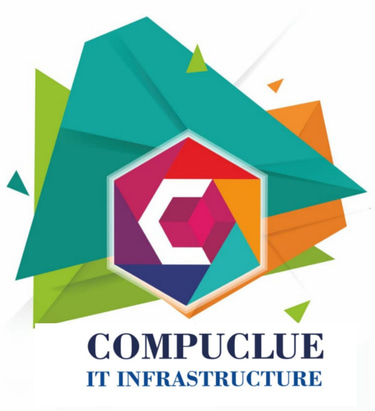IT Hardware & Network Server System
Desktops and Laptops
Purpose: Personal computing for users. Components: CPU, RAM, storage (HDD/SSD), graphics card, motherboard, peripherals.



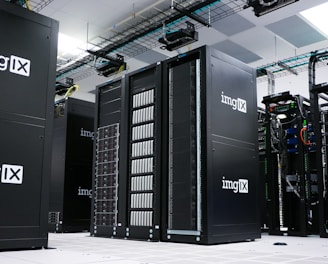
Types
File Servers: Store and manage files.
Web Servers: Host websites and web applications.
Database Servers: Manage databases and handle data requests.
Application Servers: Run specific applications for clients.
Servers
Purpose: Provide services to other computers (clients) in a network.


Networking Hardware
Routers: Direct traffic between different networks.
Switches: Connect devices within a local network,
enabling efficient data transfer.
Firewalls: Protect networks by monitoring and controlling incoming and outgoing network traffic.


Storage Devices
HDD (Hard Disk Drive): Traditional, cost-effective storage with rotating disks.
SSD (Solid State Drive): Faster, more durable storage with no moving parts


Printers and Scanners
Printers: Produce hard copies of documents.
Scanners: Convert physical documents into digital formats.
Types


Peripherals
Keyboards, Mice, Monitors, etc.
Input and output devices for personal computers.
Network Server System:


Server Operating System
Windows Server, Linux (e.g., Ubuntu Server), Unix
EXAMPLES
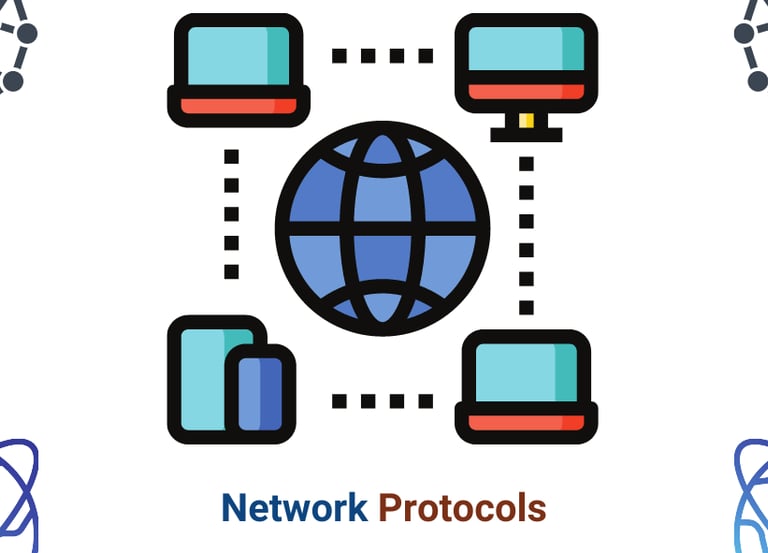

Network Protocols
TCP/IP: Fundamental suite of protocols for internet communication.
HTTP/HTTPS, FTP, SMTP,
DNS: Application layer protocols for specific services.
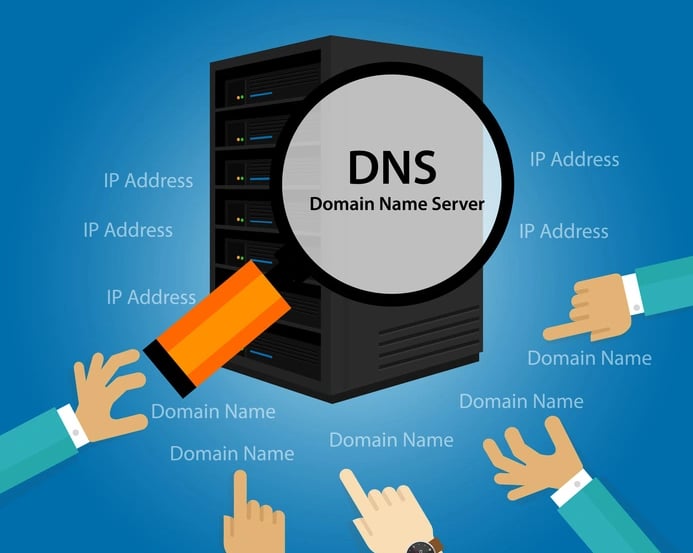

Domain Name System (DNS)
Purpose: Resolves human-readable domain names to IP addresses.
Types


Active Directory (AD)
Purpose: Centralized identity and access management for networks (Windows environments).
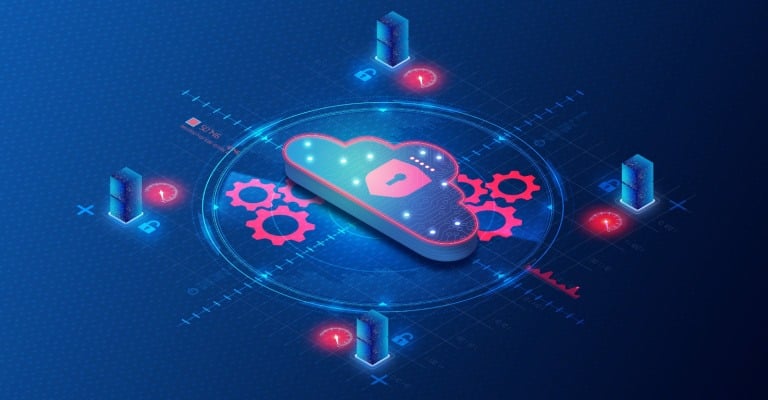

Virtualization
Hypervisors (e.g., VMware, Hyper-V): Enable running multiple virtual machines on a single physical server


Security Measures
Firewalls, Antivirus Software: Protect servers from unauthorized access and malware.


Backup and Recovery Systems
Regular Backups: Ensure data integrity and availability. Disaster Recovery Plans: Strategies to resume operations after a catastrophic event.


Monitoring and Management Tools
Examples: Nagios, Zabbix, SNMP for monitoring; Ansible, Puppet, Chef for management.
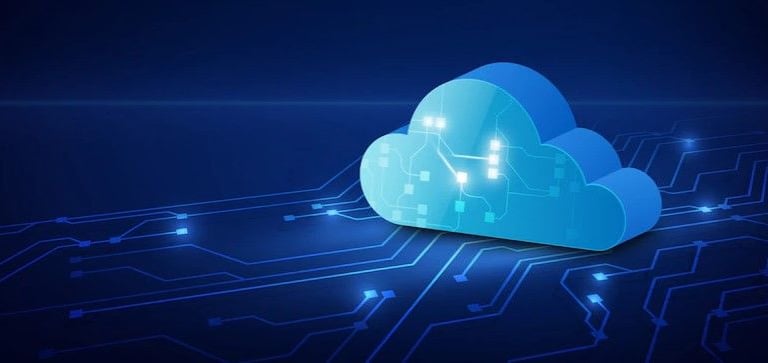

Cloud Integration
Cloud Services (e.g., AWS, Azure): Integration for scalable and flexible resources. Understanding the hardware and server systems is crucial for designing, implementing, and maintaining a robust and efficient IT infrastructure within an organization. This includes considerations for performance, scalability, security, and reliability.
